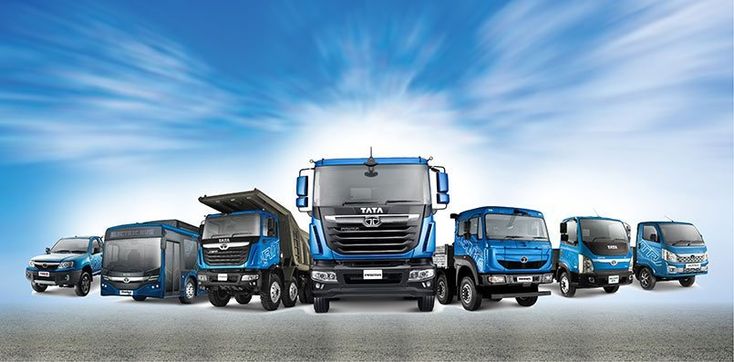Selecting the appropriate commercial vehicle is a crucial decision that can impact the efficiency and profitability of your business. Whether you operate a small logistics operation, a construction firm, or a large enterprise, understanding the differences between light and heavy commercial vehicles is essential for making an informed choice. Each type offers unique advantages tailored to different business requirements:
Light commercial vehicles
Light commercial vehicles are typically designed for urban delivery, quick turnaround tasks, and businesses requiring mobility and flexibility. They are characterised by their smaller size, lower payload capacity, and ease of manoeuvrability. These vehicles are ideal for small to medium-sized enterprises that frequently navigate city streets, deliver goods swiftly, or operate in confined spaces.
According to TATA Motors' offerings, their intermediate and light commercial vehicles are engineered to combine efficiency with practicality. Models like the TATA Intra and TATA Winger are popular choices among small business owners for their fuel economy, comfortable interiors, and reliability. These vehicles help companies reduce operating costs while maintaining quick delivery times.
When choosing an LCV, consider factors such as cargo volume, fuel efficiency, ease of maintenance, and driver comfort. For businesses involved in delivery services, retail supply chains, or service industries, LCVs like the TATA XT and TATA Winger provide an excellent balance of capacity and agility.
Heavy commercial vehicles
Heavy commercial vehicles are for long-haul transportation, bulk cargo movement, and demanding industrial applications. They are characterised by their larger size, higher payload capacity, and advanced features that enable them to cope with rigorous workloads. These vehicles are crucial for companies operating in logistics, construction, mining, and other heavy-duty industries.
TATA Motors' HCVs are built to withstand the most challenging conditions, offering superior durability, power, and safety features. They include models like trucks, tractor-trailers, and tipper trucks, which can haul massive loads over extended distances. When selecting a heavy commercial vehicle, key considerations include payload capacity, engine power, fuel efficiency for long distances, and the availability of service and maintenance support.
Properly chosen, these vehicles can streamline operations, reduce transportation costs, and increase overall productivity.
Making the right choice
The decision between light and heavy commercial vehicles hinges on your specific business needs. If your operations involve frequent deliveries within city limits or require smaller vehicles for versatility, LCVs are an ideal choice. If your business involves transporting large quantities of goods over long distances, HCVs are a better fit.
It is also crucial to evaluate factors like total cost of ownership, maintenance support, vehicle safety features, and future scalability. Consulting with reputable manufacturers, such as TATA Motors, can provide valuable insights into the best options for your sector and fleet size.
Conclusion
Choosing the right commercial vehicle is a crucial investment that directly impacts operational efficiency and profitability. By understanding your business requirements, you can make an informed choice that promotes growth and success. Whether you need nimble LCVs or robust HCVs, selecting the right vehicle ensures your business stays competitive in today’s dynamic market.





Comments